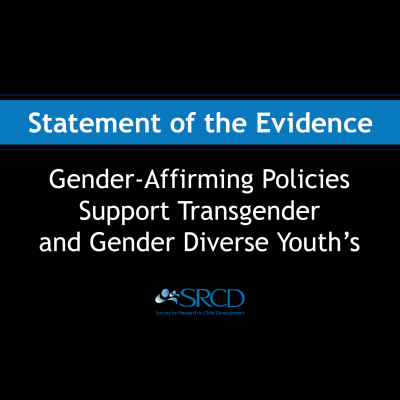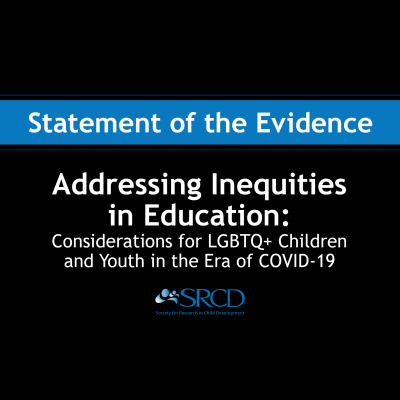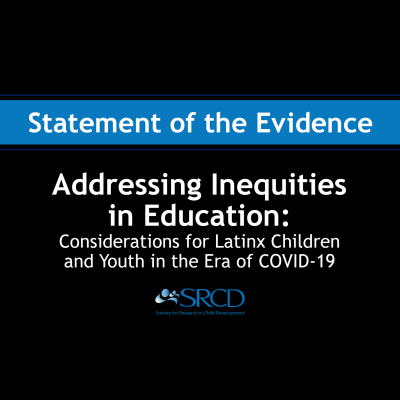Children in Immigrant Families Key to America’s Future
Social Policy Report Brief, Volume 22, Issue 3
Why Does This Matter?
Children in immigrant families are the fastest-growing population in the United States. This rapid growth is transforming the racial and ethnic composition of America, with the result that racial and ethnic minorities will become the majority U.S. population. Baby boomers will depend heavily for economic support in retirement on young people who grew up in immigrant families. The current circumstances and future prospects of children in immigrant families are therefore important not only to the children themselves, but to all Americans.
Fostering the success of children in immigrant families in the United States poses unprecedented opportunities and challenges.
Policy Implications
Because children in immigrant families are concentrated in a few states but also spread widely across many states, responsibility lies not only at the federal level, but also at the state and local levels.
- Policy makers should re-examine eligibility requirements under 1996 welfare reform legislation that exclude some immigrant parents and deprive their children—many of whom are U.S. citizens—of public benefits and services.
- Education, health, social service, justice, and other organizations should provide outreach and interpretation in the languages of immigrant families to encourage participation.
- Educators can find it cost-effective to hire bilingual teachers. Policies and programs that foster bilingual fluency could provide a competitive edge to the United States in an increasingly competitive global economy.
- Programs should provide English language training for immigrant parents, especially for families in which no one over 13 speaks English, to encourage literacy in families’ daily lives and help parents get jobs.
- Immigrant teenagers often bypass the school system and enter the workforce, so education policies for them should be different than for first-generation immigrants who arrived at younger ages and attended U.S. schools.
- Immigrant children need access to health insurance and often are not covered.
What the Research Says
- Immigrant children are more likely to live in poverty, which can lead to negative developmental and educational outcomes.
- Children who learn English after their home language is established, typically around age 3, can add a second language during pre-kindergarten and early school years; this bilingual skill leads to long-term cognitive, cultural, and economic advantages.
- Even when pre-kindergarten through 3rd grade teachers have no experience with a child’s first language, they can introduce young English language learners to English and adopt teaching practices that support home language development.
- A dual language approach to teaching is effective for English language learners and does not harm other students, but provides benefits to native English speakers.
- Participating in high-quality preschool programs may be particularly valuable for the cognitive development of children in immigrant families who speak a language other than English at home.
Facts at a Glance
- As of 2005, nearly one-fourth of children in the United States lived in immigrant families.
- Children in immigrant families are both first generation (foreign-born children) and second generation (children born in the U.S. with at least one foreign-born parent), whereas children in native-born families are third- and later-generation children (children and parents all born in the U.S.).
- Children in immigrant families are more than three times as likely to have a father who has not graduated from high school. These parents are more likely to work at low-wage jobs and have limited knowledge and experience to help their children succeed in school.
- Most children in immigrant families live with two parents; they often also have grandparents, other relatives, or non-relatives in the home who provide additional nurturance or economic resources.
- Socioeconomic barriers account for at least half and perhaps the entire gap in preschool programs between immigrant children and white native-born children.
This brief summarizes a longer Social Policy Report, "Children in Immigrant Families: Looking to America's Future," by Donald J. Hernandez, Professor and Chair of the Department of Sociology at the University at Albany, State University of New York; Nancy A. Denton, Professor of Sociology and Associate Director of the Center for Social and Demographic Analysis at the University at Albany, State University of New York; and Suzanne E. Macartney, a doctoral candidate in the Department of Sociology at the University at Albany, State University of New York.


